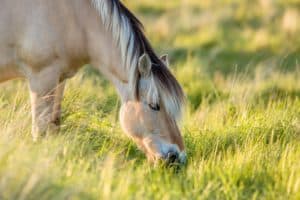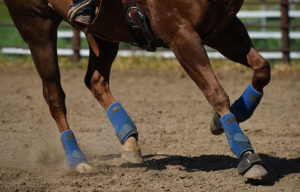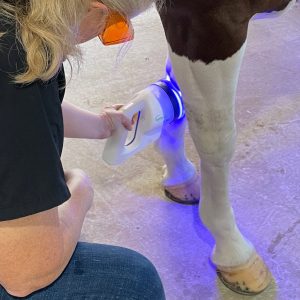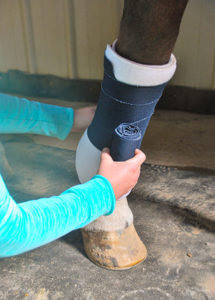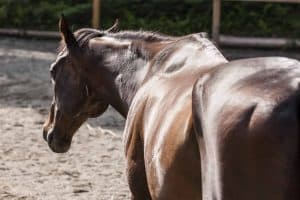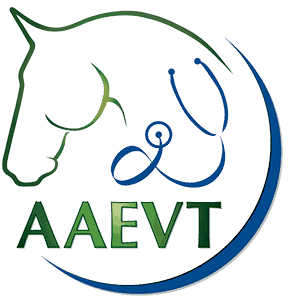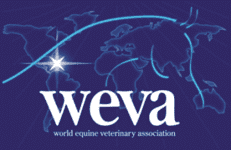Researchers Pinpoint Additional Laminitis Risk Factors
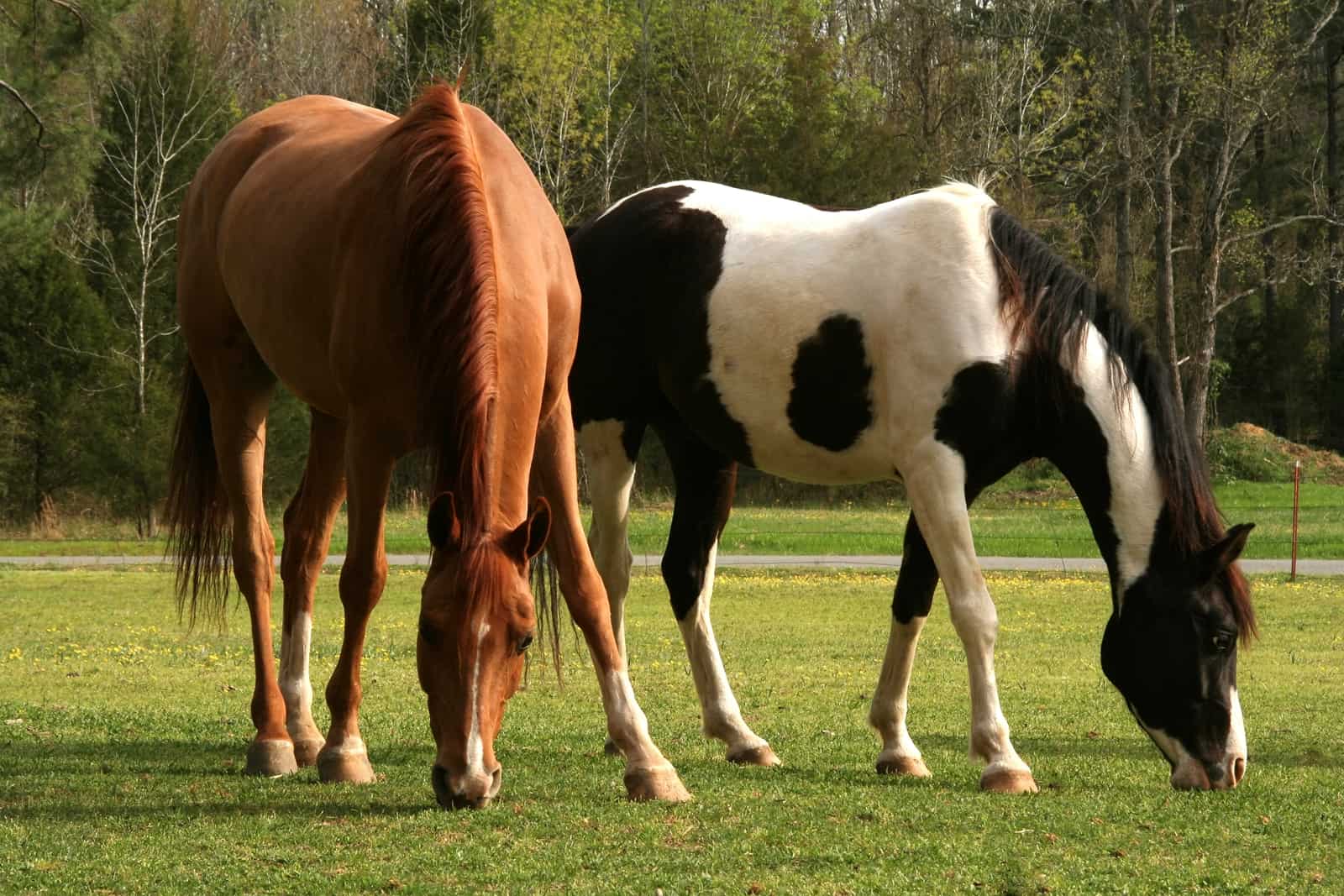
“But it is not only fat ponies that can suffer from pasture-associated laminitis,” emphasized Nanna Luthersson, DVM, partner at Hestedoktoren, a Danish equine veterinary clinic.
She and colleagues recently determine that “overconditioned animals may be at increased risk” of developing the condition, as well.
In a study on the topic Luthersson and her team observed 110 horses in Denmark diagnosed with laminitis (69 new cases and 41 chronic ones) and determined that nearly 33% of the study equids with laminitis were euthanized within 12 months of being diagnosed
Create a free account with TheHorse.com to view this content.
TheHorse.com is home to thousands of free articles about horse health care. In order to access some of our exclusive free content, you must be signed into TheHorse.com.
Start your free account today!
Already have an account?
and continue reading.
Written by:
Katie Navarra
Related Articles
Stay on top of the most recent Horse Health news with

